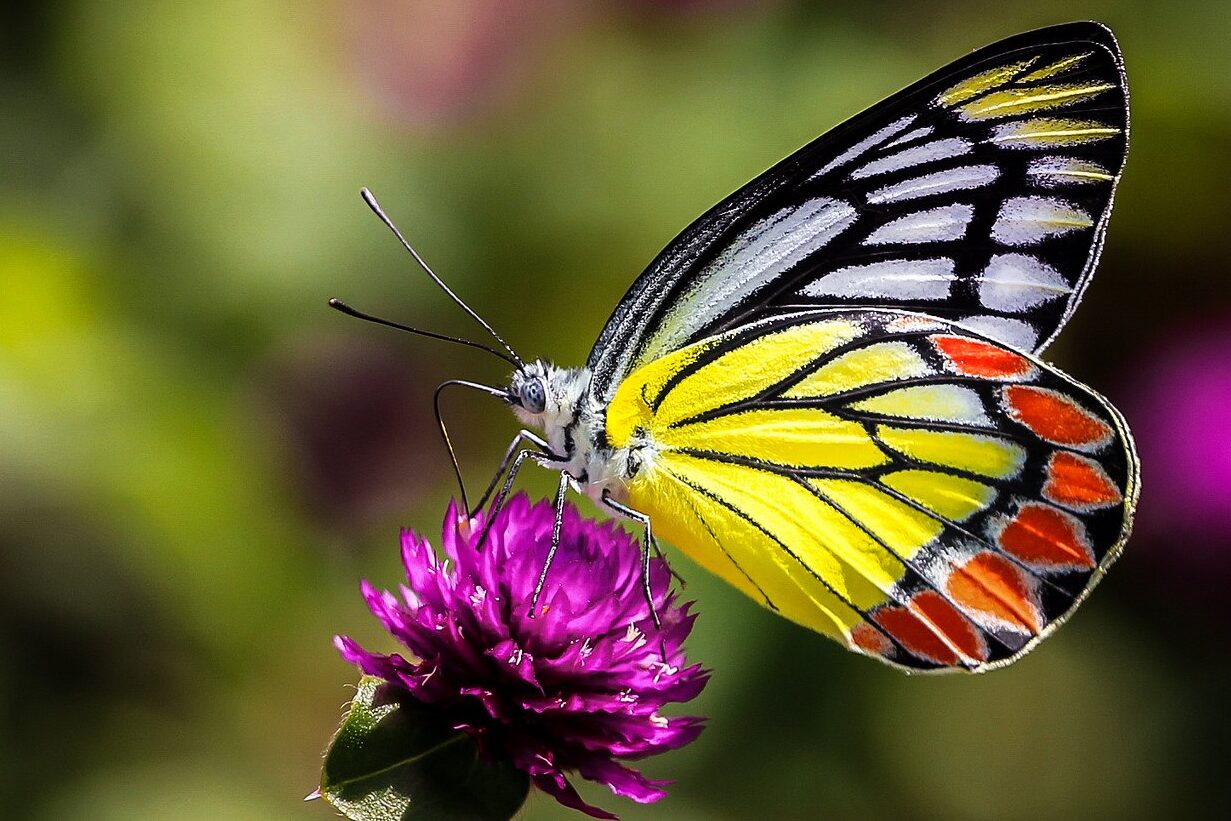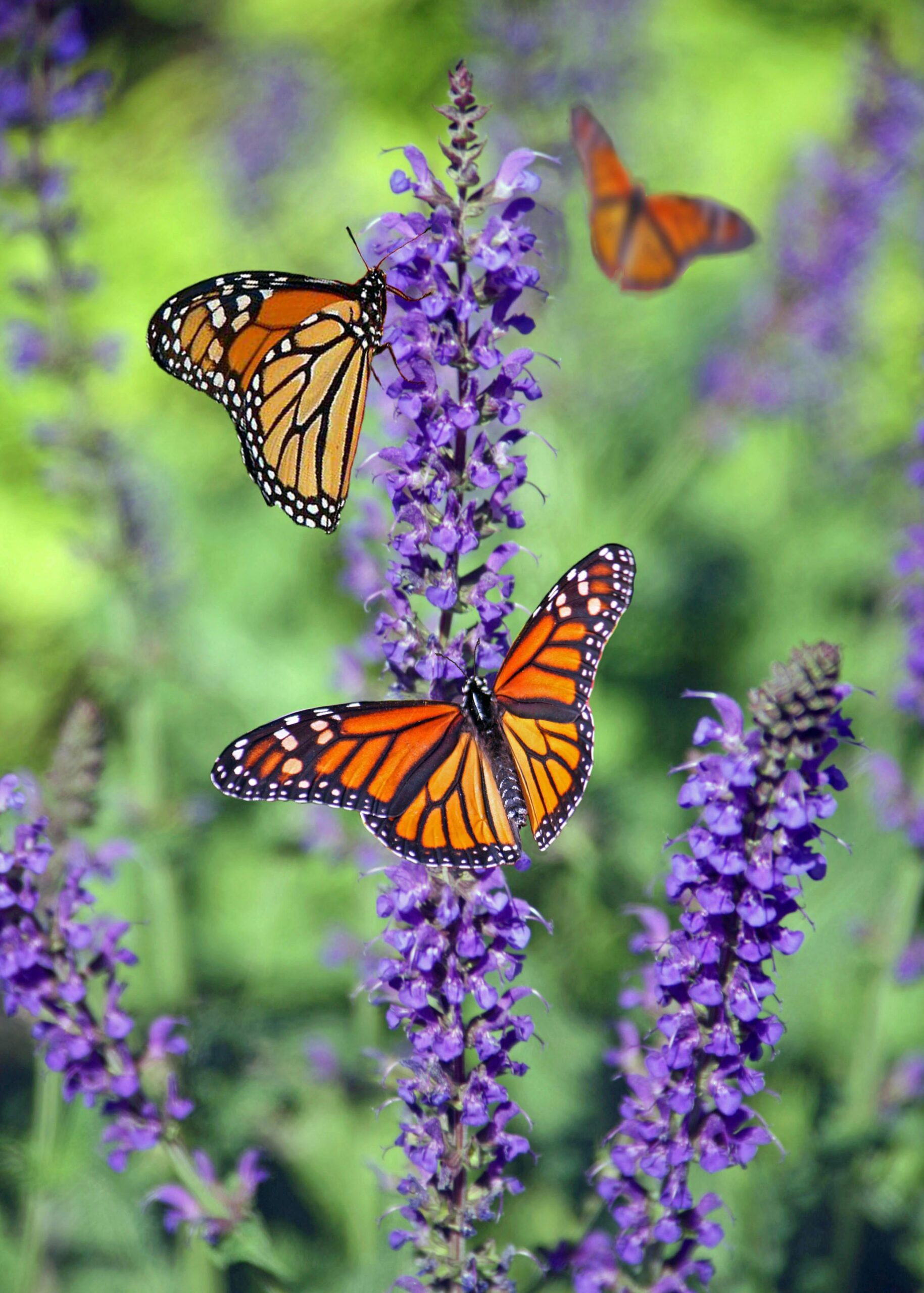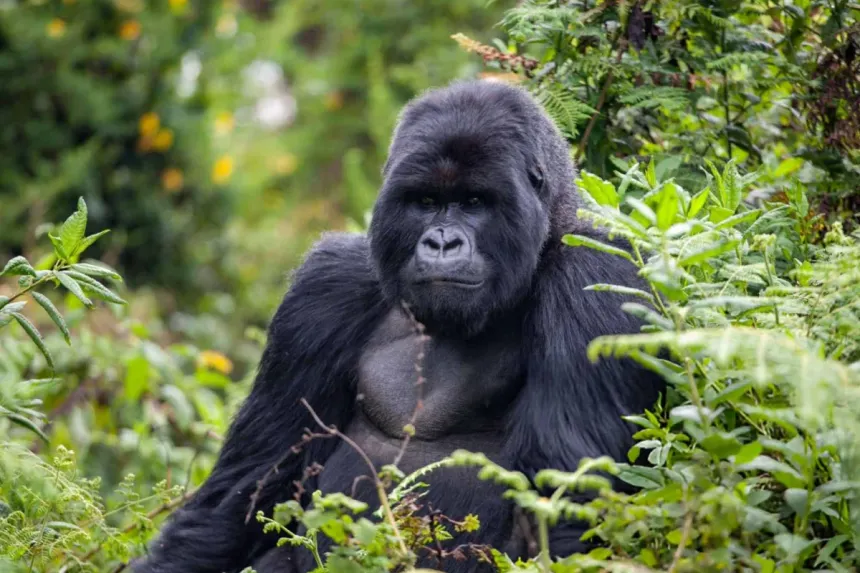Skip to content
🦋 20 Fascinating Facts About Butterflies
- Butterflies taste with their feet
They have taste sensors on their feet to help them identify if a leaf is suitable for laying eggs.
- They undergo metamorphosis
Butterflies have four life stages: egg, larva (caterpillar), pupa (chrysalis), and adult butterfly.
- There are over 17,000 species
Found on every continent except Antarctica, butterflies thrive in a wide range of climates.
- Some butterflies can fly thousands of miles
The Monarch butterfly migrates up to 3,000 miles from North America to central Mexico.
- They can see ultraviolet light
Butterflies see colors invisible to the human eye, including UV patterns on flowers that help them find nectar.
- Their wings are covered in tiny scales
Butterfly wings are made of overlapping microscopic scales that reflect light to create vivid colors.
- They use their proboscis like a straw
Butterflies feed using a long, coiled tongue called a proboscis, which unrolls to sip nectar.
- Butterflies are cold-blooded
They must warm their bodies in the sun to become active, often seen basking with wings open.
- Some mimic other species
Certain butterflies, like the Viceroy, mimic the appearance of toxic butterflies like the Monarch to avoid predators.
- A group of butterflies is called a ‘kaleidoscope’
While uncommon, this poetic term refers to a fluttering group of butterflies.
- They use camouflage for protection
Many butterflies have dull undersides to blend in with leaves or bark when their wings are closed.
- They can smell through their antennae
Butterflies use their antennae to detect scents and navigate toward flowers or potential mates.
- Their wings don’t grow after emerging
A butterfly’s wings are fully formed inside the chrysalis and do not grow once they hatch.
- Some butterflies live only a few days
While some species, like Monarchs, live for months, others live only a few days or weeks.
- Butterflies help pollinate plants
Like bees, they transfer pollen from one flower to another as they feed on nectar.
- Caterpillars grow incredibly fast
Some caterpillars increase their body mass by over 1,000 times before pupating.
- Butterflies drink from mud puddles
This behavior, called puddling, helps them absorb minerals and salts needed for reproduction.
- They are sensitive to climate change
Because of their short life cycles, butterflies are early indicators of environmental change.
- Some butterflies are toxic to predators
Butterflies that feed on certain toxic plants as caterpillars can become poisonous to birds.
- They inspire art, poetry, and science
Across cultures, butterflies symbolize transformation, beauty, and the fragility of life.






